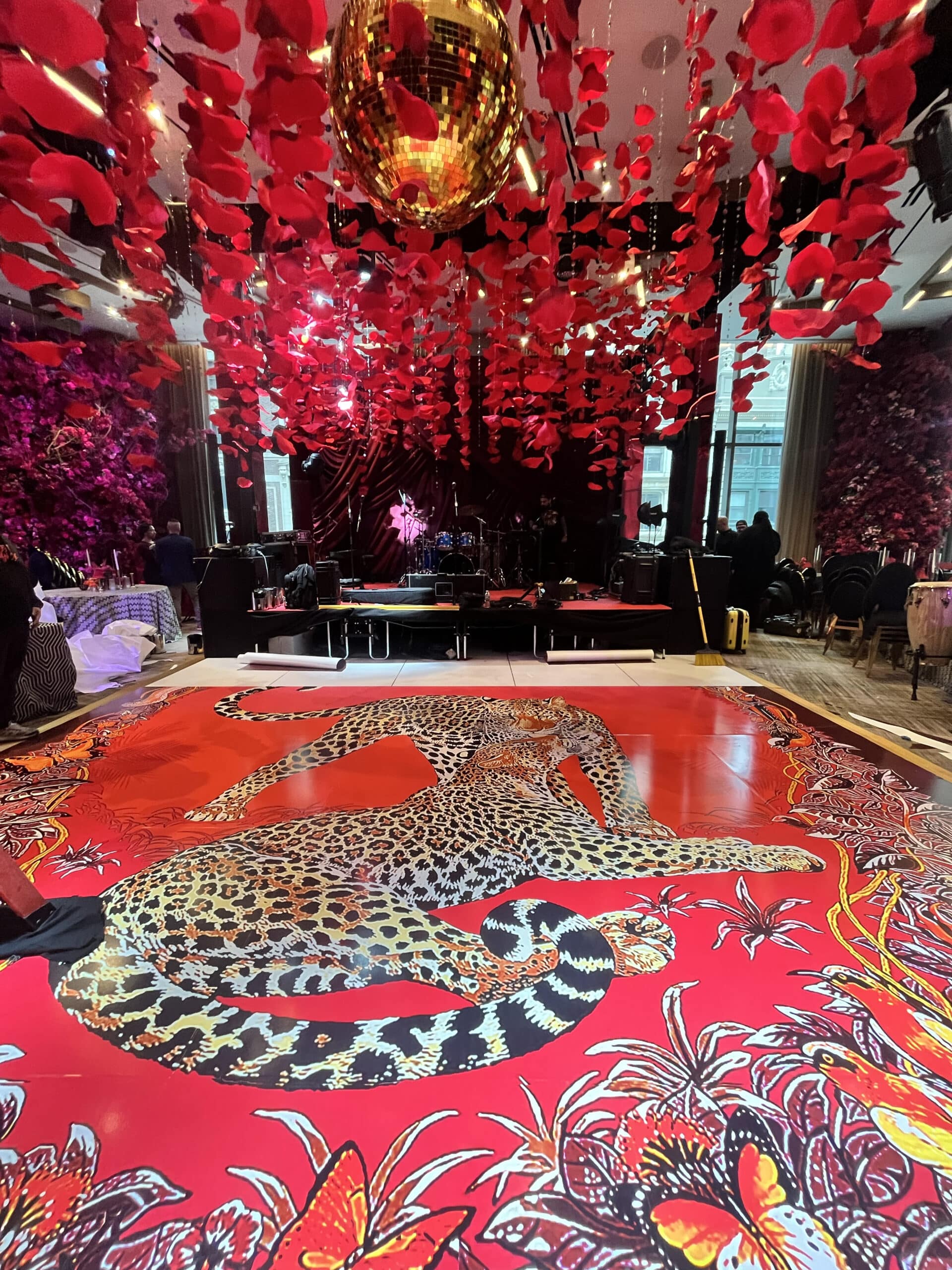Enhancing Creativity With Color Concept for Light Emitting Diode Movement Floor Layouts
Enhancing Creativity With Color Concept for Light Emitting Diode Movement Floor Layouts
Blog Article
Hue theory represents an crucial element of design, especially as it relates to designing light-emitting diode dance floors. The interplay of hues can greatly affect the mood and vibe of a venue. Through grasping how colors function together, designers can craft an environment that improves the total experience for dancers. This article examines the fundamentals of hue principles and its application in light-emitting diode dance floor layouts.
The main colors are crimson, azure, and golden. These hues cannot be created by mixing other colors combined. Secondary hues, such as emerald, tangerine, and violet, are created by mixing primary hues. Third-level hues are formed by mixing a primary color with a intermediate hue. Grasping these basic relationships helps designers select hues that enhance one another and create a visually appealing show. Mixing these hues on an LED dance floor can result to dynamic and stimulating outcomes that attract the attention of dancers.
Hue value also holds a crucial role in aesthetics. Hues can be classified as hot or cool. Warm hues, such as crimson, tangerine, and yellow, tend to elicit emotions of excitement and warmth. In contrast, chill hues like blue, green, and violet typically create a serene and tranquil atmosphere. Designers can utilize these hue temperatures to set the ambiance for various types of occasions. For example, a party environment may benefit from warm colors that invigorate the audience, while a more relaxed occasion might employ cool hues to offer a calming effect.
In furthermore to hue combinations and value, brightness and saturation are essential factors to consider. Brightness denotes to how bright or dark a hue looks, while saturation indicates the vividness of a color. Vivid, intense site here colors can create a lively and energetic environment, ideal for dancing surfaces. On the other hand, gentler, lower saturated hues can generate a more subdued environment. By manipulating luminosity and intensity, designers can attract focus to specific sections of the dancing floor or create sight pathways, leading participants through the space.
Ultimately, it is crucial to consider the psychological impacts of hue in LED dance dance floor rental with led lights floor designs. Various hues can evoke various feelings and responses. For example, crimson is often linked with passion and energy, while blue can be soothing and tranquil. Grasping these associations allows designers to tactically apply hues to influence the behavior of participants. Through integrating color theory into LED dancing surface layouts, creators can enhance the overall encounter, rendering it unforgettable and enjoyable for everyone involved.